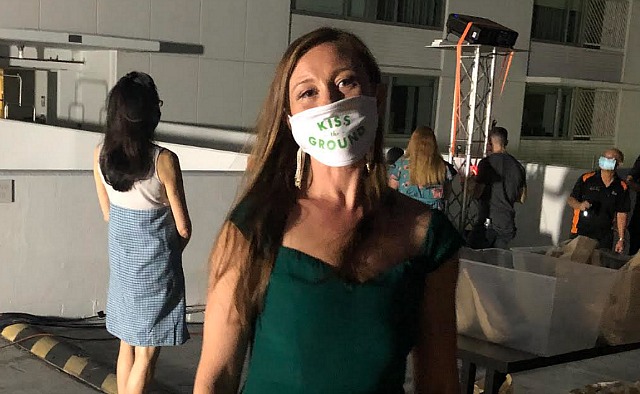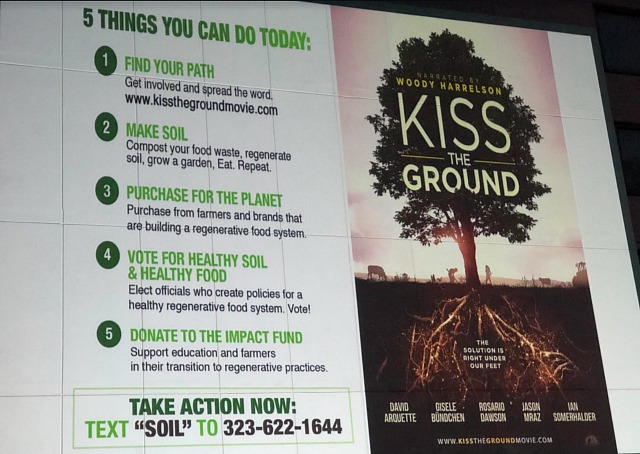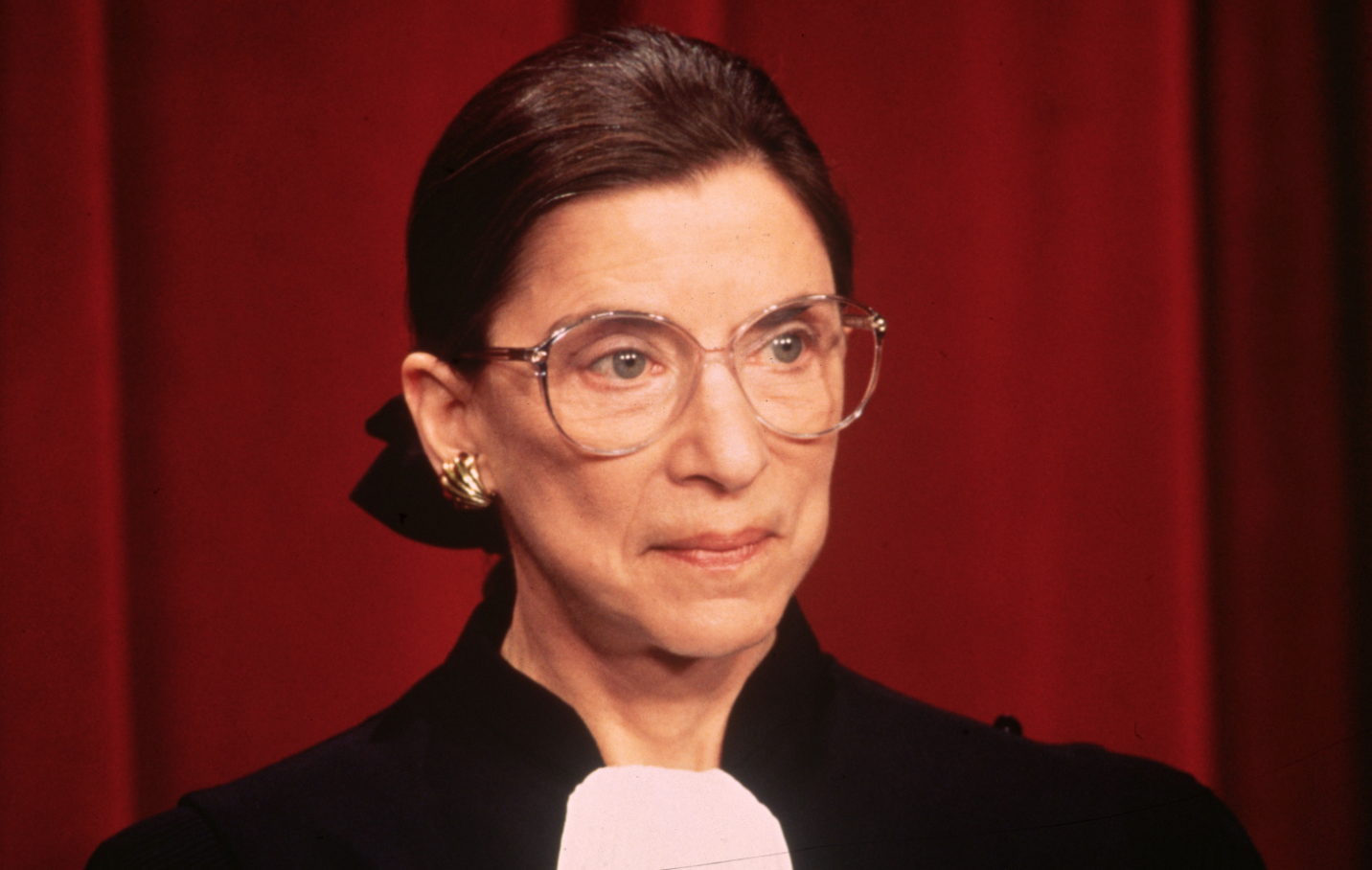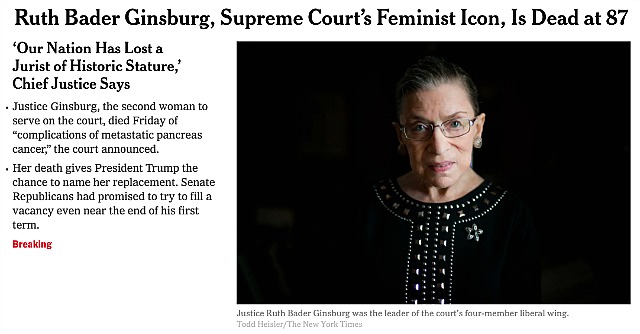The general presumption is that Amy Coney Barrett, a staunchly Catholic “originalist” conservative in the Antonin Scalia mode, is likely to be Trump’s nominee to fill the Supreme Court seat of the late Ruth Bader Ginsburg. If Trump was smart he’d pick a moderate rightie, but of course…
Barrett is currently serving on the United States Court of Appeals for the Seventh Circuit, lives in South Bend (hello, Mayor Pete!), is married with seven kids (five natural, two adopted), has a thin voice and tiny beady eyes. And the more I read about her the scarier she becomes.
An assessment by Slate‘s Mark Joseph Stern, posted today: “Faced with two plausible readings of a law, fact, or precedent, Barrett always seems to choose the harsher, stingier interpretation.
“Can job applicants sue employers whose policies have a disproportionately deleterious impact on older people? Barrett said no. Should courts halt the deportation of an immigrant who faced torture at home? Barrett said no. Should they protect refugees denied asylum on the basis of xenophobic prejudice? Barrett said no. Should they shield prisoners from unjustified violence by correctional officers? Barrett said no. Should minors be allowed to terminate a pregnancy without telling their parents if a judge has found that they’re mature enough to make the decision? Barrett said no. Should women be permitted to obtain an abortion upon discovering a severe fetal abnormality? Barrett said no.
“There is no question that, if confirmed, Barrett would cast the fifth vote to either hollow out Roe v. Wade or overturn it altogether. Similarly, there is no doubt that Barrett would dramatically expand the Second Amendment, invalidating gun control measures around the country. It’s quite possible, perhaps even likely, that within a year of her confirmation, Americans will be forbidden from terminating a pregnancy in 21 states—but permitted to purchase assault weapons and carry firearms in public in every state.
“Abortion and guns, however, are just the beginning. Barrett’s confirmation would heighten the odds that the Supreme Court will eradicate the entire Affordable Care Act in 2021, stripping health insurance from more than 20 million people. Red states challenged the law after Congress zeroed out the penalty for those who forgo health insurance in 2017, a frivolous challenge that nonetheless found support among conservative judges in the lower courts.”









